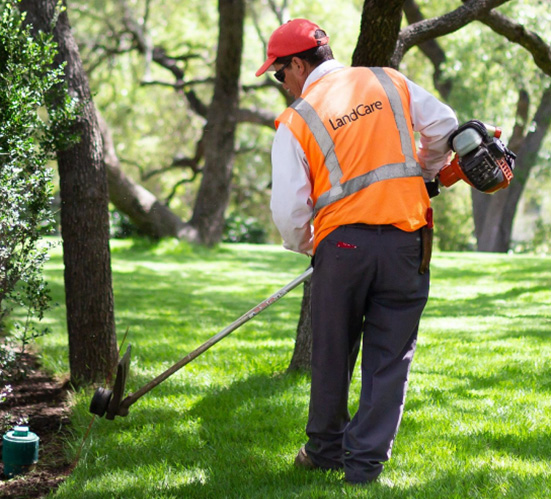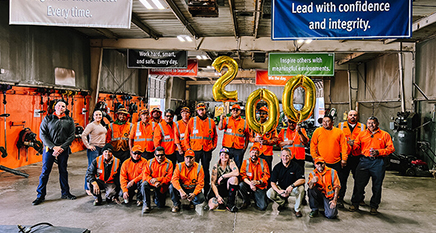You put a lot of effort into recruiting and hiring new employees for your team, but the hard work shouldn’t stop there once they’ve signed on. Onboarding is a crucial step that sets new hires up for success. Proper onboarding can also help reduce high turnover rates.
The following is an excerpt from First Impressions: Implementing Effective Onboarding Practices, a story about the importance of onboarding and its impact on recruitment and retention in the landscape industry. Click here to access the full article from NALP.
For instance, when LandCare restructured several years ago, they also assessed and redesigned their onboarding practices to ensure everyone receives a consistent and thorough experience.
“High turnover rates signify disengaged team members, so we knew we had to improve our entire employee experience,” says Jennifer Burnett, VP of organizational development for LandCare. “We recognized that the onboarding process is an important step in making sure our new team members feel welcome and appreciated. It also serves as an opportunity to instill the culture of LandCare.”
Lindgren Landscape, based in Fort Collins, Colorado, also recently implemented new onboarding practices when they hired HR director, Jesus Meza, in January 2020.
Main Onboarding Steps
At Lindgren, management members are notified of new hires at least a week in advance. The new employee’s workstation is made ready to go and a personnel file is created with all the pending information to be filled out.
The new employee is given a tour of the company and meets management members and co-workers. They are given PPE and access to the necessary training programs/software. Meza says the administrative portion of onboarding can take half a day to a full day, while the hands-on portion can take up to two weeks depending on the experience of the new hire.

“Safety is our top priority, so our first order of business after completing new hire paperwork is to make sure our crew members and supervisors understand what to do and how to do it safely,” Burnett says. “Our production managers guide new team members through a series of activities, including the new hire orientation video, safety demonstrations, issuing of PPE & uniforms, driver training (if applicable) and seasonally appropriate technical training. Introducing and reinforcing new processes and operations during the first few weeks of employment keeps our new team members engaged and on track.”















